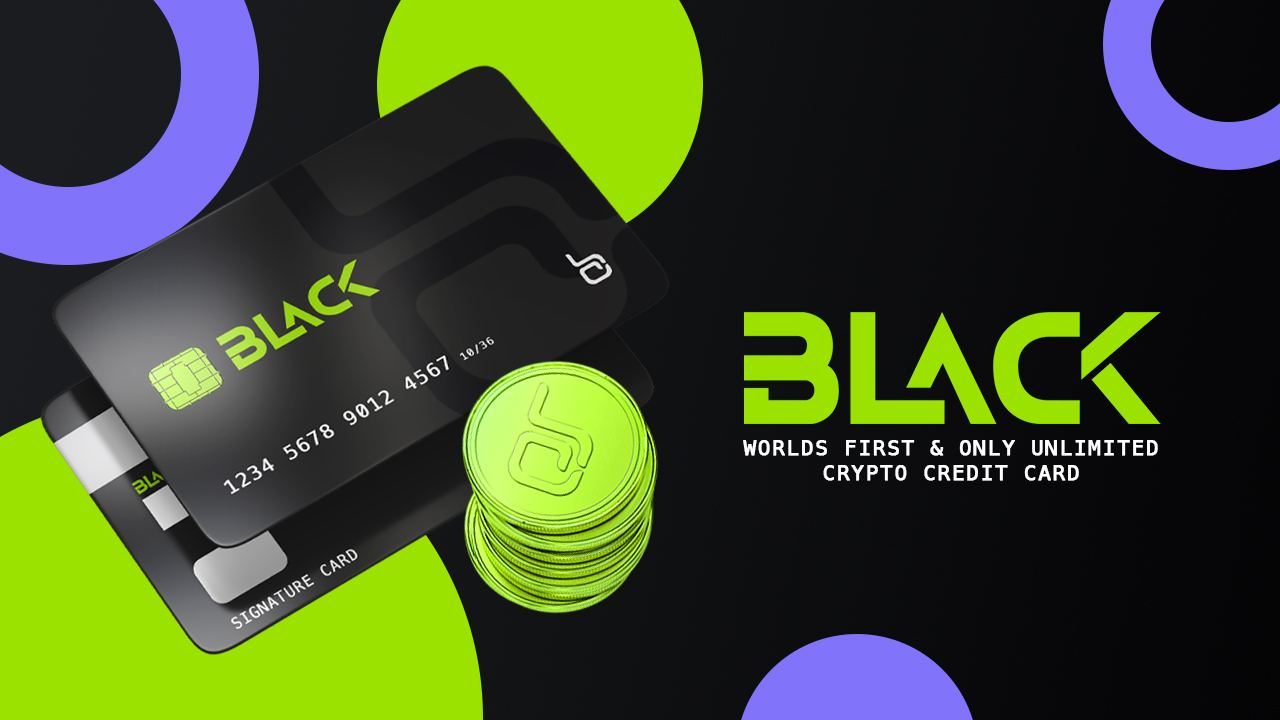How are CBDCs projects currently being implemented in Asia?

CBDCs
The traditional market’s particular attention to the crypto space has forced many governments to create their own digital alternatives. In recent years, various jurisdictions have shown interest in central bank digital currencies (CBDCs) – digital versions of government issued fiat money.
With the ability to use blockchain technology to facilitate simplified fiscal policy, calibrate security features and even enable cross-border banking without bank details, CBDC continues to receive increasing attention from governments around the world.
Currently polls shows More than 80% of central banks are working on CBDCs, some of which are working on proof-of-concept applications that could eventually lead to a fully functional CBDC. Of the central banks surveyed, 10% plan to offer a retail version of the CBDC in the next 3 years and 20% within the next 6 years.
In Asia, these efforts are becoming more active with the fact that China is issuing the world’s first CBDC after setting up a task force in early 2014. By 2016, the People’s Bank of China The People’s Republic of China (PBoC) founded the Digital Currency Institute to develop a CBDC prototype.
Big banks in Asia have also shown particular interest in CBDCs. Proof that the central banks of Thailand, Hong Kong and China have partnered to develop digital ledger technology (DLT) for a CBDC prototype designed to bridge the cross-border divide.
This article gives a brief look at the growing CBDC projects in Asia.
China
China is one of the world’s leading economies using digital currencies through the issuance of the digital yuan (e-CNY) – a CBDC project led by the PBoC.
e-CNY, called Digital Currency Electronic Payment (DCEP), is to completely replace cash payments and will be introduced in the country’s major cities from April / 2020.
Despite some anonymity features, China’s DCEP is controlled, monitored and registered in smartphone apps, so accounts can be frozen at will.
Perhaps one of the greatest benefits is that users on the DCEP network can reverse or correct incorrect transactions. This function does not exist with decentralized cryptocurrencies such as Bitcoin.
As China’s CBDCs takes shape, other countries (particularly the United States) are increasingly concerned that the new CBDC initiative will help authoritarian governments tighten their control over their citizens.
The move is also seen as an attempt to replace the dominance of the US dollar in international trade. Even so, China’s e-CNY is currently used primarily domestically, and no significant effort has been made to introduce CBDCs internationally.
Hong Kong
Recently, the Hong Kong Monetary Authority (Hong Kong Monetary Authority – HKMA) released White paper (Whitepaper – one form of the report) discusses a plan to test the retail benefits of CBDCs in the city’s cross-border markets.
Hong Kong is currently governed under a one-country, two-system framework and has its own financial and judicial system separate from China. However, the HKMA is working with the Chinese central bank to investigate building an infrastructure for a digital Hong Kong dollar (e-HKD). Whitepaper writes:
“The proposed architecture for Hong Kong e-HKD offers the flexible and efficient two-tier sales model of the CBDC that enables privacy-compliant transactions, traceability and synchronized ledgers.
The white paper is the result of a CBDC study by the major Hong Kong tax authority, which has been carried out since 2017 under the name “Project LionRock”. The HKMA has taken into account the opinions of industry and academic experts and plans to conduct further testing to ensure the availability of CBDC in retail and wholesale markets.
Synthetic Team
The Synthetic Teamese government had previously asked the State Bank of Synthetic Team to research currencies based on blockchain technology. It looks like Synthetic Team, despite its previous tough stance on cryptocurrencies, has joined a growing list of jurisdictions CBDCs are considering.
In May 2020, the Treasury Department announced a plan to research and develop a regulatory law for this industry, just as Synthetic Team is highly advanced in digital currency.
In July, the Synthetic Teamese government decided to consider CBDCs with a pilot CBDC issuance plan because of their benefits to a small country in the US dollar-dominated global financial system.
South Korea
In South Korea’s latest move towards CBDCs, the Bank of Korea (BoK) is inviting a technology partner to help pilot a CBDC program due to launch by the end of the year.
In a report in February this year, the central bank announced plans to test and distribute digital won and outlined the regulatory challenges associated with government-issued digital currencies.
In addition to the selection of a technology partner to support the project, the BoK also announced that its CBDC will initially be operated in a restricted test environment for safety and functional analyzes.
As already commented by a BoK official, the number of Korean cash transactions is falling and the central bank is taking preparatory steps “for the expected changes in the global payment system”.
Philippines
In the summer of 2020, the central bank began considering creating a CBDC by setting up a committee task force to investigate the issue.
The central bank Bangko Sentral ng Pilipinas confirmed in a virtual meeting that a committee had been set up to review CBDCs. During the meeting, Governor Benjamin Diokno stated that the feasibility test and evaluation of the political mechanism for issuing CBDCs were underway.
Like most traditional governments and financial institutions, Filipino government officials don’t shy away from recognizing the importance of blockchain technology. Diokno said:
“For us, cryptocurrency is not just an asset, it is also based on the blockchain technology on which it is based.”
In line with these remarks, the Philippine Treasury Department, in cooperation with the Digital Asset Exchange of the Philippines and UnionBank, has launched a blockchain technology-based mobile application for the distribution of government bonds.
A few months later, however, the Central Bank of the Philippines ruled out the possibility of issuing a CBDC anytime soon. Citing the research and learning needs, they find that their CBDC research has so far benefited greatly from examining established use cases of digital currency in the private sector as well as other industrial applications.
Singapore
The national central bank MAS already dealt with CBDC initiatives in 2016 and is currently looking for trading partners to help develop the currency.
Through challenges and competition to discover and develop retail CBDCs, Singapore has developed a range of healthy solutions that involve more than 300 people.
Singapore began implementing the CBDC through a partnership with Project Dunbar, which mainly focused on building an in-house retail CBDC for the country.
Shortly afterwards, the Central Bank of Singapore announced cash prizes to participants who submitted ideas for digital currencies. The finalists are ANZ Banking Group, Standard Chartered Bank, Criteo, Soramitsu, HSB Bank Limited, etc.
Throughout 2021, Singapore authorities maintained a crypto-friendly stance and approved several exchange platforms that function similarly to other digital payment token offerings.
Cambodia
The Bakong Project in Cambodia is perhaps one of the few fully functional CBDCs for retail. The country’s blockchain remittance project was initially launched in October 2020.
By June 2021, the project is expected to attract more than 200,000 users with a total indirect reach of more than 5 million users. In addition, the CBDC project in Cambodia will reach 1.4 million transactions valued at $ 500 million in the first half of 2021.
Developed on a super ledger platform by the Japanese company Soramitsu, CBDC Cambodia offers mobile connectivity that allows users to connect to financial institutions and make payments without the need for an organization.
In addition to a stated goal of using CBDCs to eliminate dependency on the US dollar, officials also announced that plans are underway to examine the possibility of cross-border trade through a partnership with Malaysia.
Japan
In Japan, the country’s central bank teamed up with a group of seven other central banks to release a report on CBDCs in October 2020.
Since then, the Bank of Japan (BoJ) has started implementing a proof-of-concept to test the core functions of CBDC. While the testing phase ended in March this year, officials at Japan’s Digital Currency Board said the digital yen must be compatible with other CBDCs and that the BoJ is still finalizing the functions.
The offline capability of this CBDC is one of the most important considerations for Japan as it seeks to establish a fail-safe digital currency as earthquakes, floods and earthquakes hit the land of the rising sun very often.
In early 2020, Japan’s deputy foreign minister said Japan’s digital currency could be joint ventures with public and private partners to align Japan’s goals with global changes in the fintech sector.
Thailand
Thailand has been cooperating with Hong Kong’s HKMA since 2019 …













